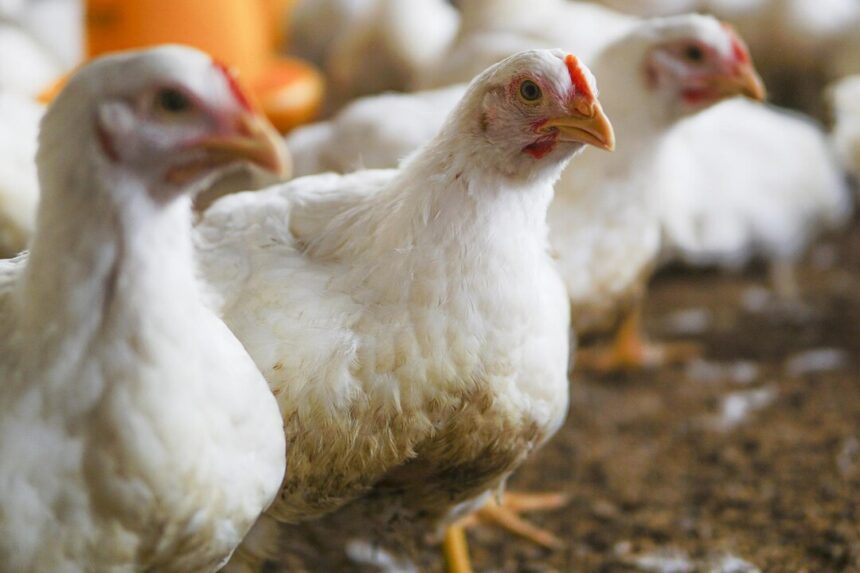Amberlink chickens are a popular choice among poultry enthusiasts in South Africa due to their exceptional egg-laying capabilities, friendly temperament, and adaptability to various farming conditions. Whether you’re a novice poultry keeper or an experienced farmer, understanding key aspects of breeding Amberlink chickens is essential for successful and sustainable poultry farming. Here are ten crucial things you should know about breeding Amberlink chickens in South Africa:
- Origin and Background: Amberlink chickens are a hybrid layer breed developed for optimal egg production. Created by crossing specific strains of Rhode Island Reds and Rhode Island Whites, Amberlinks are known for their prolific laying abilities and robust health.
- Outstanding Egg Production: One of the primary reasons farmers choose Amberlink chickens is their impressive egg-laying performance. Hens typically lay brown eggs consistently, making them an excellent choice for commercial egg production or backyard flocks focused on egg yield.
- Adaptability to South African Climates: Amberlink chickens are well-suited to the diverse climates of South Africa. They exhibit good heat tolerance, making them resilient in warmer regions, and can adapt to a variety of management systems, including free-range and confined setups.
- Temperament and Docility: Amberlink chickens are known for their calm and friendly demeanor, making them suitable for backyard flocks where interaction with humans is common. Their gentle nature makes handling and care more straightforward, especially for novice poultry keepers.
- Feeding and Nutrition: Like any chicken breed, proper nutrition is crucial for the health and productivity of Amberlink chickens. Providing a balanced diet with appropriate protein levels, vitamins, and minerals supports optimal egg production and overall well-being.
- Egg Color and Size: Amberlink hens lay brown eggs, a desirable trait for those interested in marketing their eggs locally. The eggs are typically medium to large in size, with a consistent shell color that appeals to consumers seeking high-quality, farm-fresh eggs.
- Mature Weight and Size: Amberlink chickens are of medium size, with hens reaching a mature weight of around 2.2 to 2.5 kilograms and roosters reaching approximately 3 to 3.5 kilograms. Understanding the expected size of your flock is essential for proper management and resource allocation.
- Health Considerations: Amberlink chickens are generally hardy and resilient, but proper health management is crucial to prevent disease and ensure optimal productivity. Regular vaccinations, parasite control, and maintaining a clean living environment contribute to their overall well-being.
- Selective Breeding for Egg Production: Farmers interested in breeding Amberlink chickens for optimal egg production should focus on selecting breeding stock with a strong record of consistent laying. This involves tracking the egg-laying performance of individual hens and choosing those with the best productivity for future breeding.
- Economic Viability: Due to their exceptional egg-laying capabilities, breeding Amberlink chickens can be economically viable for both small-scale and commercial poultry operations in South Africa. Farmers can capitalize on the high demand for fresh, locally produced eggs by maintaining a productive flock.
Breeding Amberlink chickens in South Africa offers a rewarding venture for poultry enthusiasts and farmers alike. Understanding the breed’s characteristics, nutritional needs, and health considerations is crucial for successful breeding and sustainable egg production. With proper care and management, Amberlink chickens can be a valuable asset to the South African poultry industry, providing high-quality eggs and contributing to the growing interest in locally sourced, sustainable food options.







